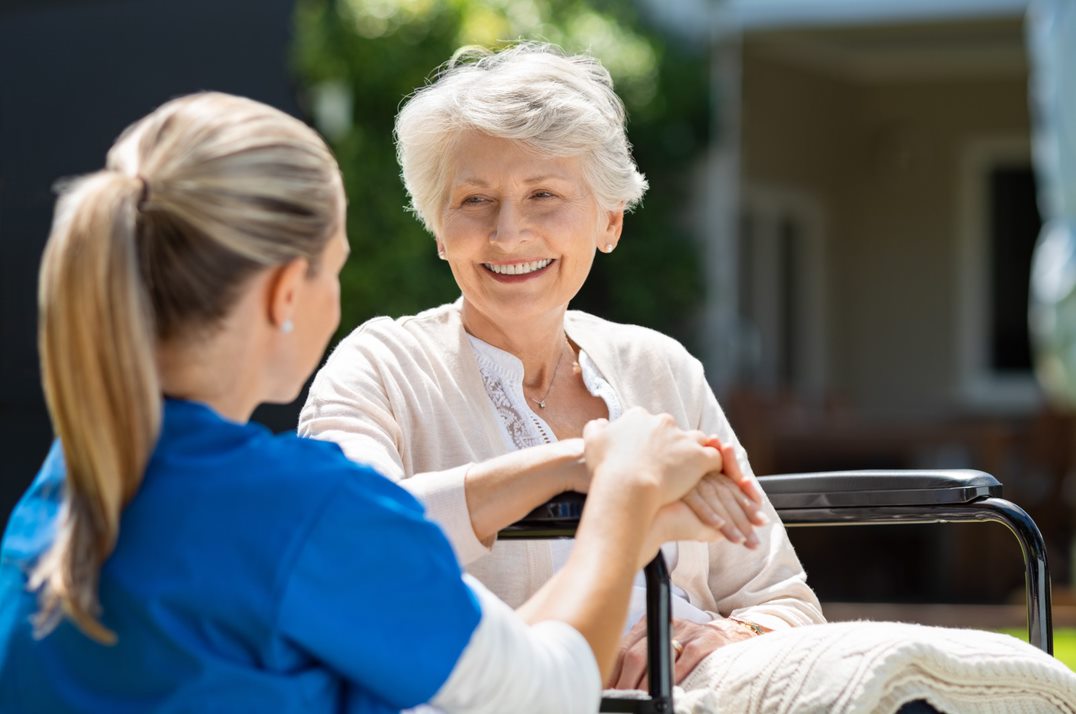All About Dementia Fall Risk
Top Guidelines Of Dementia Fall Risk
Table of ContentsAll about Dementia Fall RiskThe Ultimate Guide To Dementia Fall RiskThe 7-Second Trick For Dementia Fall RiskAn Unbiased View of Dementia Fall Risk
A fall threat evaluation checks to see how most likely it is that you will certainly fall. The analysis normally includes: This consists of a series of concerns about your overall wellness and if you've had previous falls or issues with balance, standing, and/or strolling.STEADI includes testing, analyzing, and treatment. Treatments are referrals that might reduce your risk of falling. STEADI consists of 3 steps: you for your threat of dropping for your risk aspects that can be enhanced to attempt to avoid falls (for example, balance troubles, damaged vision) to lower your risk of dropping by utilizing effective techniques (for instance, offering education and learning and sources), you may be asked a number of questions consisting of: Have you dropped in the previous year? Do you feel unstable when standing or walking? Are you fretted about dropping?, your copyright will evaluate your strength, equilibrium, and stride, utilizing the following fall assessment devices: This test checks your gait.
After that you'll take a seat once again. Your company will check how long it takes you to do this. If it takes you 12 seconds or even more, it may suggest you go to higher threat for a fall. This test checks strength and balance. You'll being in a chair with your arms crossed over your breast.
The settings will certainly obtain harder as you go. Stand with your feet side-by-side. Move one foot midway onward, so the instep is touching the big toe of your other foot. Relocate one foot totally in front of the various other, so the toes are touching the heel of your various other foot.
Rumored Buzz on Dementia Fall Risk
Most falls take place as a result of several contributing variables; for that reason, handling the danger of falling starts with recognizing the factors that add to drop threat - Dementia Fall Risk. Several of the most appropriate risk factors consist of: History of previous fallsChronic clinical conditionsAcute illnessImpaired stride and balance, lower extremity weaknessCognitive impairmentChanges in visionCertain risky drugs and polypharmacyEnvironmental elements can also increase the threat for drops, consisting of: Inadequate lightingUneven or damaged flooringWet or unsafe floorsMissing or harmed hand rails and grab barsDamaged or incorrectly equipped devices, such as beds, mobility devices, or walkersImproper usage of assistive devicesInadequate guidance of the people staying in the NF, including those who exhibit aggressive behaviorsA successful fall danger monitoring program calls for a comprehensive medical assessment, with input from all members browse around here of the interdisciplinary team

The care strategy need to also consist of treatments that are system-based, such as those that advertise a secure atmosphere (appropriate lights, hand rails, get bars, and so on). The efficiency of the treatments must be reviewed occasionally, and the treatment plan modified as required to show adjustments in the loss threat evaluation. Implementing a fall risk monitoring system making use of evidence-based finest method can decrease the prevalence of drops in the NF, while limiting the potential for fall-related injuries.
The smart Trick of Dementia Fall Risk That Nobody is Discussing
The AGS/BGS standard recommends screening all grownups aged 65 years and older for fall risk each year. This testing contains asking clients whether they have actually dropped 2 or more times in the previous year or sought medical focus for a loss, or, if they have actually not dropped, whether they really feel unstable when strolling.
Individuals that have actually fallen once without injury ought to have visit homepage their balance and gait evaluated; those with gait or equilibrium abnormalities must get added evaluation. A history of 1 autumn without injury and without gait or equilibrium issues does not necessitate additional evaluation beyond ongoing annual autumn threat testing. Dementia Fall Risk. A fall danger analysis is required as component of the Welcome to Medicare evaluation

Fascination About Dementia Fall Risk
Recording a falls history is among the top quality signs for fall prevention and administration. A vital component of risk analysis is a medicine testimonial. Several classes of drugs boost fall threat (Table 2). Psychoactive medications particularly are independent forecasters of drops. These medications often tend to be sedating, change the sensorium, and harm balance and gait.
Postural hypotension can commonly be eased by minimizing the dosage of blood pressurelowering medicines and/or quiting medicines that have orthostatic hypotension as an adverse effects. Use above-the-knee support tube and copulating the head of the bed elevated may likewise minimize postural reductions in high blood pressure. The preferred components of a fall-focused physical exam are received Box 1.

A Pull time higher than or equivalent to 12 seconds recommends high autumn risk. Being unable to stand up from a chair of knee elevation without making use of one's arms indicates boosted loss danger.